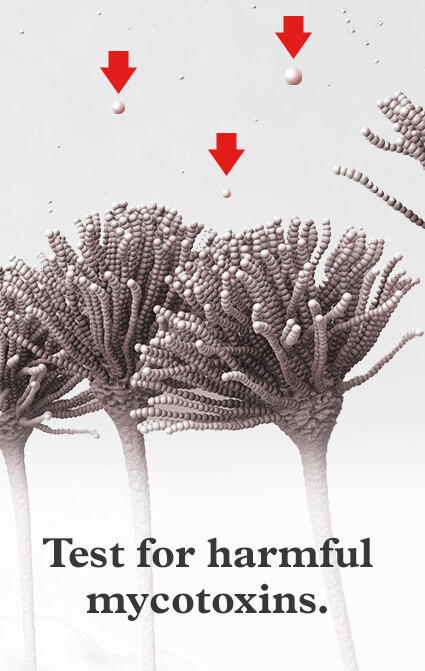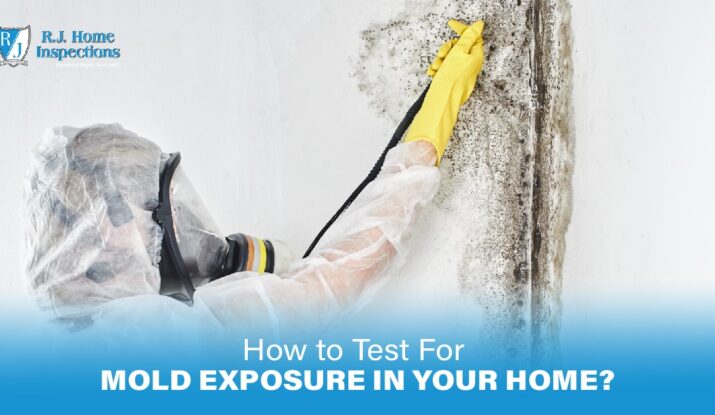Choosing the Right Mycotoxin testing Services for Your Business
Choosing the Right Mycotoxin testing Services for Your Business
Blog Article
Ensuring Conformity With Rules: the Duty of Mycotoxin Testing in High Quality Control
Making sure conformity with rigorous laws is critical for keeping food safety, and the function of mycotoxin testing in high quality control can not be overstated. Mycotoxins, harmful substances generated by certain molds, present substantial health dangers, making their discovery essential in food production.
Comprehending Mycotoxins
Understanding mycotoxins is basic to making sure the top quality and security of farming items. The most infamous mycotoxins include aflatoxins, ochratoxins, fumonisins, and trichothecenes, each associated with particular environmental problems and fungal species.
The presence of mycotoxins in food products can lead to acute and persistent health problems, including liver damage, immune reductions, and cancer causing effects. By understanding the sources, kinds, and impacts of mycotoxins, stakeholders in the agricultural sector can much better implement preventative steps and reduce threats, making sure more secure usage for end-users.
Governing Standards for Mycotoxins
Having actually established a fundamental understanding of mycotoxins and their influence on food safety, it is necessary to assess the regulatory standards governing their visibility in farming items. Regulatory standards for mycotoxins are crucial since they specify permitted restrictions, guaranteeing food safety and security and protecting public health and wellness. Numerous international and nationwide companies have set these limits based on comprehensive danger assessments.
The Codex Alimentarius Commission, an international body developed by the FAO and WHO, provides standards and maximum allowed levels for various mycotoxins in food and feed. For example, the Codex has established limitations for aflatoxins in peanuts, maize, and dried figs, to name a few assets. These criteria are often taken on or adapted by private countries to fit their specific demands.
In the European Union, Policy (EC) No 1881/2006 states maximum levels for numerous mycotoxins, such as aflatoxins, ochratoxin A, and deoxynivalenol, in various food products. In a similar way, the U.S. Fda (FDA) has actually developed action levels for mycotoxins like aflatoxins in products such as grains and nuts.
Adherence to these governing standards is vital for preserving market gain access to, customer depend on, and public wellness. Non-compliance can bring about significant financial losses and health threats, highlighting the value of strict mycotoxin screening procedures.
Testing Approaches and Technologies

ELISA is widely appreciated for its rapid and cost-efficient screening capacities, making it excellent for high-throughput settings. It counts on antibodies to detect specific mycotoxins, giving cause a fairly brief time structure. Nonetheless, its level of sensitivity might be limited compared to extra sophisticated methods.
HPLC, on the various other hand, excels in supplying measurable evaluation with high accuracy and accuracy. It separates intricate mixes into individual parts, making it highly effective for identifying and evaluating numerous mycotoxins concurrently - Mycotoxin testing Services. This strategy, while extra time-consuming and resource-intensive than ELISA, uses a greater degree of reliability

LC-MS stands for the pinnacle of logical uniqueness and sensitivity. Incorporating the splitting up power of fluid chromatography with the discovery abilities of mass spectrometry, LC-MS can find even trace levels of mycotoxins. This method is essential for confirming the existence of mycotoxins in governing and forensic contexts, ensuring conformity with rigorous safety and security requirements.
Executing Testing Methods

Including these advanced screening techniques into a thorough quality assurance framework demands a well-structured approach to executing screening procedures. To attain this, companies should first conduct a thorough danger analysis to recognize prospective mycotoxin contamination factors within the supply chain. This analysis notifies the development of a customized screening method that attends to details susceptabilities.
Next, developing standardized tasting procedures is critical. Regular sampling makes sure that examination outcomes are reliable and rep of the whole batch (Mycotoxin testing Services). Complying with guidelines from governing bodies, such as the FDA or EFSA, aids preserve conformity and improves the credibility of the screening procedure
Educating employees is one more pivotal component. Personnel has to excel in both sample collection and the procedure of screening devices. Normal training sessions and accreditation programs can ensure that employee remain updated with the most up to date techniques and regulative modifications.
Advantages of Mycotoxin Checking
Mycotoxin testing supplies various advantages that substantially enhance the safety and security and quality of food and feed products. Largely, it acts as an essential control action to stop contaminated items from reaching the consumer market, thereby securing public health and wellness. By recognizing and measuring mycotoxins such as fumonisins, aflatoxins, and ochratoxins, manufacturers can ensure that their items meet strict regulative criteria, thus staying clear of possible legal effects and connected prices.
Additionally, mycotoxin testing adds to the economic practicality of food and feed sectors by decreasing the threat of large product remembers. The capability to find and separate polluted batches early in the production procedure lowers waste and protects against the economic losses connected with damaged brand online reputation. It promotes customer depend on and commitment, as clients are significantly conscious of food safety problems and need higher top special info quality standards.
The implementation of normal mycotoxin screening likewise promotes best practices within agricultural and production sectors. By adhering to rigorous screening methods, firms can maximize their quality assurance processes, boost operational performance, and guarantee the constant manufacturing of risk-free, high-grade items. Finally, the advantages of mycotoxin screening are diverse, adding to public health, financial stability, and market stability.
Conclusion
Mycotoxin testing is critical in ensuring compliance with regulatory criteria, thereby keeping food safety and security and quality assurance. By systematically identifying dangerous mycotoxins, this technique aids mitigate wellness dangers, prevent lawful effects, and stay clear of economic losses connected with item recalls. Implementing robust testing procedures promotes consumer depend on and confidence in food security techniques, ultimately supporting the stability and online reputation of food companies. Hence, mycotoxin screening remains a crucial element of contemporary food security management systems.
Making sure compliance with strict regulations is extremely important for maintaining food security, and the role of mycotoxin his comment is here screening in high quality control can not be overemphasized.In the world of mycotoxin testing, advanced approaches and technologies are pivotal in guaranteeing food security and governing conformity.Mycotoxin testing provides numerous benefits that considerably boost the security and high quality of food and feed that site items.Mycotoxin screening is crucial in making certain conformity with regulatory criteria, thereby maintaining food safety and quality control. Therefore, mycotoxin screening continues to be an important component of contemporary food safety and security administration systems.
Report this page